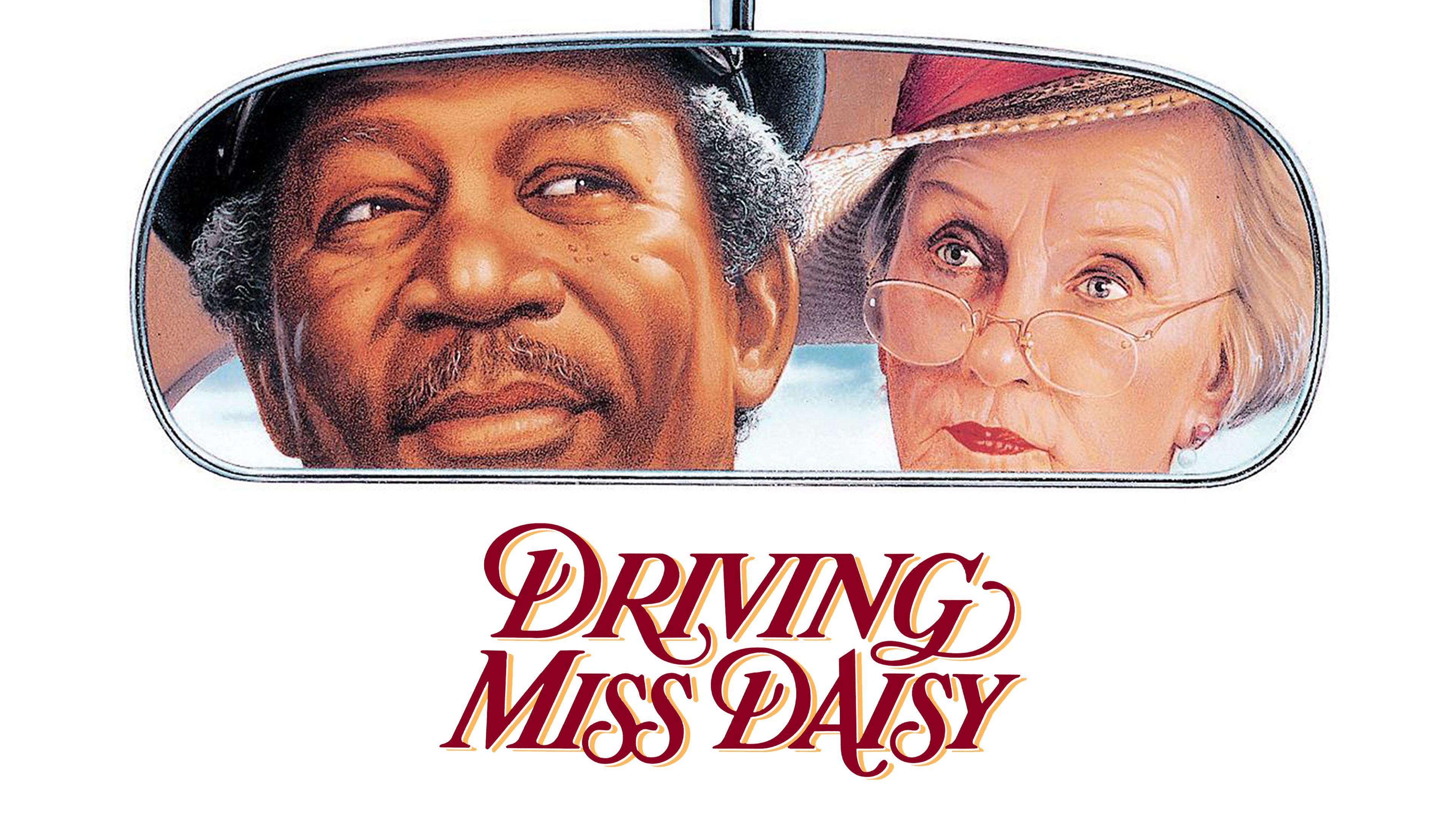
Get ready to take a nostalgic trip down memory lane as we explore the timeless classic, “Driving Miss Daisy”. Released in 1989, this heartwarming film captured the hearts of audiences worldwide with its powerful storytelling and brilliant performances. Starring Jessica Tandy as the feisty Miss Daisy and Morgan Freeman as her kind-hearted chauffeur, Hoke Colburn, the film explores themes of friendship, race, and the evolving relationship between two individuals from different backgrounds. Directed by Bruce Beresford and based on the Pulitzer Prize-winning play by Alfred Uhry, “Driving Miss Daisy” took home four Academy Awards and solidified its place in cinematic history. In this article, we will delve into 36 fascinating facts about the movie, revealing behind-the-scenes stories, trivia, and interesting tidbits that will enhance your appreciation of this beloved film.
Key Takeaways:
- “Driving Miss Daisy” won 3 Academy Awards and explores themes of racial prejudice and friendship, making it a timeless classic that sparks important conversations about empathy and understanding.
- The movie beautifully captures Southern culture and the transformative power of friendship, encouraging viewers to reflect on the complexities of human nature and relationships.
Driving Miss Daisy won the Academy Award for Best Picture in 1989.
Driving Miss Daisy was recognized as the best film of the year at the 62nd Academy Awards, cementing its place in cinematic history.
Morgan Freeman received an Oscar nomination for his role in the film.
Freeman’s exceptional performance as Hoke Colburn, the chauffeur, earned him a nomination for Best Actor in a Leading Role.
The movie is based on a Pulitzer Prize-winning play.
Driving Miss Daisy was adapted from Alfred Uhry’s play of the same name, which won the Pulitzer Prize for Drama in 1988.
Jessica Tandy became the oldest Best Actress winner at the age of 80.
Tandy’s portrayal of Miss Daisy earned her the Academy Award for Best Actress, making her the oldest winner in that category at the time.
The film explores themes of racial prejudice and friendship.
Driving Miss Daisy tells the poignant story of the evolving relationship between an elderly Jewish woman and her African-American chauffeur in the racially divided South.
The movie was directed by Bruce Beresford.
Beresford skillfully brought Uhry’s play to life on the big screen, earning himself a nomination for Best Director at the Academy Awards.
The screenplay was also written by Alfred Uhry.
Uhry adapted his own play for the screenplay, ensuring that the heart and soul of the story remained intact.
The film is set in Atlanta, Georgia.
Atlanta serves as the backdrop for the unfolding story, capturing the essence of the Deep South during a significant period of American history.
Driving Miss Daisy was a box office success.
The film grossed over $145 million worldwide, surpassing its budget and becoming one of the top-grossing movies of 1989.
It was praised for its performances and writing.
Critics and audiences alike lauded the exceptional performances and masterful writing in Driving Miss Daisy, applauding its ability to tackle sensitive topics with grace and depth.
The movie won three Academy Awards in total.
In addition to Best Picture, Driving Miss Daisy also won the awards for Best Actress and Best Adapted Screenplay.
The film’s title refers to the nickname Miss Daisy gives her car.
Miss Daisy affectionately refers to her automobile as her “Hooptie,” which becomes a recurring motif throughout the movie.
The story spans several decades.
Driving Miss Daisy takes place from the late 1940s to the early 1970s, providing a glimpse into the changing cultural and social landscape of America.
The movie incorporates historical events.
Driving Miss Daisy references significant historical moments, such as the Civil Rights Movement, to highlight the impact of these events on the characters’ lives.
It explores the concept of aging.
The film delves into the challenges and realities of growing old, as Miss Daisy confronts her own mortality and navigates the complexities of aging.
Driving Miss Daisy presents a layered depiction of racial dynamics.
The film depicts the complexities of racial prejudice and segregation, showcasing the transformational power of friendship and understanding.
The movie has a charming and poignant soundtrack.
The musical score perfectly complements the emotion and tone of the film, enhancing the viewer’s experience.
The cast includes well-known actors.
In addition to Morgan Freeman and Jessica Tandy, the film features Dan Aykroyd and Patti LuPone in supporting roles, adding depth to the ensemble cast.
Driving Miss Daisy explores the importance of compassion and empathy.
The film reminds us of the profound impact one person can have on another’s life through simple acts of kindness and understanding.
It received critical acclaim.
Driving Miss Daisy garnered positive reviews from critics, who praised its powerful storytelling and thought-provoking themes.
The film is a timeless classic.
Driving Miss Daisy has stood the test of time, remaining a beloved and relevant film years after its initial release.
The movie offers a glimpse into Southern culture.
Driving Miss Daisy captures the nuances of Southern culture, from its traditions and customs to the region’s complicated history.
The screenplay explores the importance of dignity.
Throughout the film, the characters strive to maintain their dignity and sense of self-worth in the face of adversity.
Driving Miss Daisy showcases the power of friendship.
The friendship between Miss Daisy and Hoke Colburn transcends societal boundaries and proves that human connections can break down barriers.
The film portrays the transformative effects of a changing world.
As the world around them changes, the characters in Driving Miss Daisy learn to adapt and embrace new perspectives.
The movie highlights the importance of interpersonal relationships.
Driving Miss Daisy illustrates the impact of meaningful connections and how they can shape our lives and perspectives.
It emphasizes the value of resilience.
The characters in the film show resilience in the face of adversity, demonstrating the strength of the human spirit.
The movie examines the complexities of identity.
Driving Miss Daisy explores how individual and societal identities shape our perceptions and interactions with others.
It challenges societal norms and biases.
The film confronts prevailing societal prejudices, encouraging viewers to question their own biases and seek understanding.
Driving Miss Daisy is a heartwarming and thought-provoking film.
The movie elicits both laughter and tears, leaving a lasting impact on its audience.
The chemistry between the lead actors is remarkable.
The on-screen chemistry between Morgan Freeman and Jessica Tandy is palpable, adding authenticity to their characters’ relationship.
The film beautifully captures the essence of the original play.
Driving Miss Daisy successfully translates the heart and soul of Alfred Uhry’s play, offering a rich cinematic experience.
The movie encourages reflection.
Driving Miss Daisy provokes introspection and invites viewers to ponder the complexities of human nature and relationships.
The cinematography captures the beauty of the Southern landscape.
The film’s cinematography showcases the sprawling landscapes of the South, adding visual depth to the story.
Driving Miss Daisy sparked important conversations.
The film ignited discussions about race, prejudice, and societal transformation, prompting meaningful dialogue among audiences.
The legacy of Driving Miss Daisy lives on.
The film’s impact continues to resonate, reminding us of the power of storytelling and the importance of empathy and understanding.
Conclusion
Driving Miss Daisy is a cinematic masterpiece that not only captivates its audience with its compelling storytelling and brilliant performances, but also sheds light on important social issues such as racism and friendship. With its heartwarming narrative and powerful message, the film continues to resonate with viewers of all generations.
FAQs
Q: Who directed Driving Miss Daisy?
A: Driving Miss Daisy was directed by Bruce Beresford, an acclaimed Australian filmmaker.
Q: When was the movie released?
A: Driving Miss Daisy was released on December 15, 1989.
Q: Who are the main actors in the film?
A: The main cast consists of Jessica Tandy (Miss Daisy), Morgan Freeman (Hoke), and Dan Aykroyd (Boolie).
Q: Is Driving Miss Daisy based on a true story?
A: No, the film is not based on a true story. However, it does draw inspiration from Alfred Uhry’s Pulitzer Prize-winning play of the same name.
Q: How many Academy Awards did Driving Miss Daisy win?
A: The film won a total of four Academy Awards, including Best Picture, Best Actress (Jessica Tandy), Best Adapted Screenplay, and Best Makeup.
Q: What is the central theme of Driving Miss Daisy?
A: The central theme of the film revolves around the evolving and unlikely friendship between an elderly Jewish woman and her African-American chauffeur in the racially divided Deep South.
Q: Where was the movie filmed?
A: Driving Miss Daisy was primarily filmed on location in Atlanta, Georgia.
Q: How long is the runtime of the film?
A: The film has a runtime of approximately 99 minutes.
Was this page helpful?
Our commitment to delivering trustworthy and engaging content is at the heart of what we do. Each fact on our site is contributed by real users like you, bringing a wealth of diverse insights and information. To ensure the highest standards of accuracy and reliability, our dedicated editors meticulously review each submission. This process guarantees that the facts we share are not only fascinating but also credible. Trust in our commitment to quality and authenticity as you explore and learn with us.


